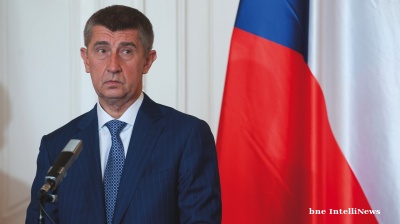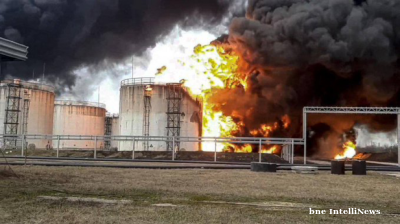When a major infrastructure project ends, aggregate foreign investment can drop. That doesn’t mean the economy is heading south.
Flows of foreign direct investment into Georgia have fallen 54% in the first six months of 2019. This has made an attention-grabbing headline for several news outlets covering economic developments in the South Caucasus. But the stark drop in FDI does not mean Georgia’s economy is tanking.
Georgia’s attractiveness as an investment destination was given a huge boost by the series of radical economic reforms that followed 2003’s Rose Revolution. Over the next few years, Tbilisi improved the ease of doing business with tax reforms, deregulation, public sector reforms and privatization. What followed was a massive increase in foreign investment: FDI averaged less than $250mn between 2000 and 2004; in 2006 FDI jumped to $1.2bn. Between 2006 and 2018 FDI averaged more than $1.3bn every year.
A considerable share of the FDI over the past decade has come from Azerbaijan: investments in the pipeline infrastructure to export Azerbaijani oil and natural gas to the West.
Foreign investors have not suddenly decided that Georgia is unappealing. Instead, the drop can be attributed in part to the completion of the Trans Anatolian Natural Gas Pipeline (TANAP), the end to expansion efforts on the South Caucasus gas pipeline, and the completion of other foreign-funded infrastructure projects such as the Baku-Tbilisi-Kars railway. According to Georgia’s investment promotion agency, TANAP brought $2bn to the country in the mid-2010s. It should not come as a surprise that FDI dropped sharply when the pipeline was completed.
Despite domestic political upheavals and tensions with neighbouring Russia, Georgia’s economic story has been one of unabashed success in recent years, far out-performing its neighbours.
Both internal and external balances (the budget and current-account deficit) have also improved in recent years. So the fall in FDI should not be cause for alarm. Foreign investment helps a country plug domestic funding gaps. But as long as a country is able to fund infrastructure priorities – the Ministry of Regional Development and Infrastructure says, for example, it will spend $750mn on 1,400 projects this year – it should not matter whether this is done with money sourced abroad or domestically.
This article first appeared in Eurasianet here. Sam Bhutia is an economist specializing in the former Soviet Union.
Opinion

COMMENT: ANO’s election win to see looser Czech fiscal policy, firmer monetary stance
The victory of the populist, eurosceptic ANO party in Czechia’s parliamentary election on October 6 will likely usher in a looser fiscal stance that supports growth and reinforces the Czech National Bank’s recent hawkish shift.

COMMENT: Ukraine's drone attacks on Russian refineries have probably reduced throughput by 30.4%, less than headline figures suggest
Ukraine has been hitting Russian refineries and caused a fuel crisis that has spead across multiple regions. The headline figure is that oil refining has been reduced by 38% since August, but digging into it and the reduction is likely less.

MACRO ADVISORY: The unintended consequences of Western sanctions
Since 2014, Western nations have hit Russia with a total of 26,655 sanctions (to mid-September 2025), with 23,960 coming after February 2022. The largest target group, with 13,611 sanctions, is state officials, business owners, and oligarchs.

PANNIER: Few will mourn passing of Turkmen Iron Lady Atajanova and Uzbek Grey Cardinal Jurabekov
Their deaths seem to have been conveniently overlooked for the most part by the authorities of today.
_Cropped_1759411324.jpg)



